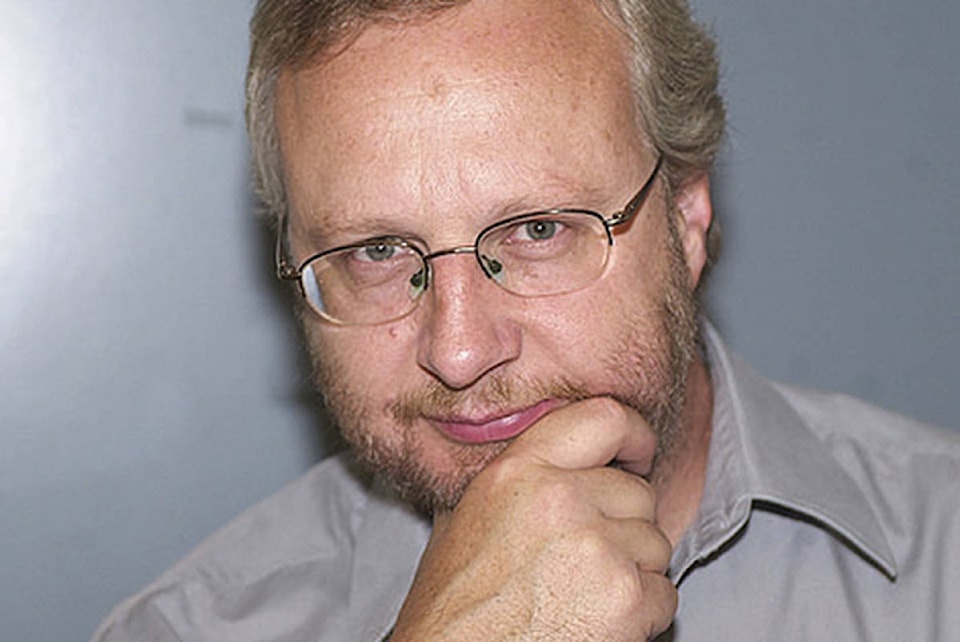By Bob Groeneveld
.
Every time there’s an earthquake of any significant proportion within a few thousand miles of us, we are reminded that the “Big One” is going to hit us one day.
In fact, the Big One warnings are trotted out even when there’s a temblor on the other side of the world, if it shakes hard enough and causes enough damage to titillate the fear mongers.
The Big One could even hit us “soon,” we are told by breathless television news anchors who are, statistically speaking, statistically ignorant, and rarely bother to mention that, geologically, “soon” in this case could mean maybe possibly conceivably perhaps within 50 to 200 years.
The Big One is the rather cheerful moniker appended to an anticipated event of magnitude 9.0 or greater.. That’ll do more than rattle your windows and knock a few pictures off your wall, which is what you can expect from a quake around 4.5 to 5.0 range.
Each order of magnitude relates to about 33 times the amount of energy released by an earthquake. So you multiply a barely noticeable 3.0 quake by 33 to get a “yes, I definitely noticed something” 4.0 quake. Multiply that by 33 to get a window-rattling 5.0, and multiply that by 33 to get a building-damaging 6.0. Now multiply that by 33 and again by 33, and once more by 33 to reach our magnitude 9.0 Big One – that’s about 1.3 billion times as powerful as what you’re feeling when you wonder whether or not that was an earthquake.
It doesn’t happen often. And it doesn’t happen just anywhere.
We are among the few chosen people on this planet who have the honour of potential obliteration by a megaquake.
In fact, only four temblors of Big One magnitude have been recorded since there have been instruments capable of recording them. The biggest was in Chile, a whopping 9.5 quake in 1960, which actually had a measurable impact on the rotation of the earth.
The last time there was a megaquake near our neighbourhood was when a 9.2 shaker rattled Anchorage, Alaska, for several minutes in 1964, and sent a tsunami down the coast, washing over Port Alberni, where I was living at the time (though I was well out of harm’s way – property damage was severe, but there were only minor injuries and no deaths in town).
Before that, there was an estimated 9.0 Big One generated right here in January of 1700, which sent a tsunami across the Pacific Ocean and wiped out villages in Japan.
The next Big One could send out another such wave – possibly 20 metres high (that’s 60 feet, for the old fogeys out there who still refuse to go metric – just about twice the height of the streetlight that annoyingly shines in your bedroom window at night).
But it’s very unlikely that anyone reading this will be alive long enough to die when it comes.
So don’t let them scare into an earthquake preparedness plan to get ready for the Big One that’s not statistically likely until at least the next century.
Instead, you need to have an earthquake kit prepared for the Little One of 6.0 or 7.0 magnitude that has a real probability of interrupting our lives sooner than a geological “soon.”
